

Matt Campbell
2026 Hyundai Tucson Hybrid review
3 Hours Ago
PHEVs are an increasingly popular bridging tech to electric cars, but critics are taking aim at their true CO2-cutting credentials.

Senior Contributor
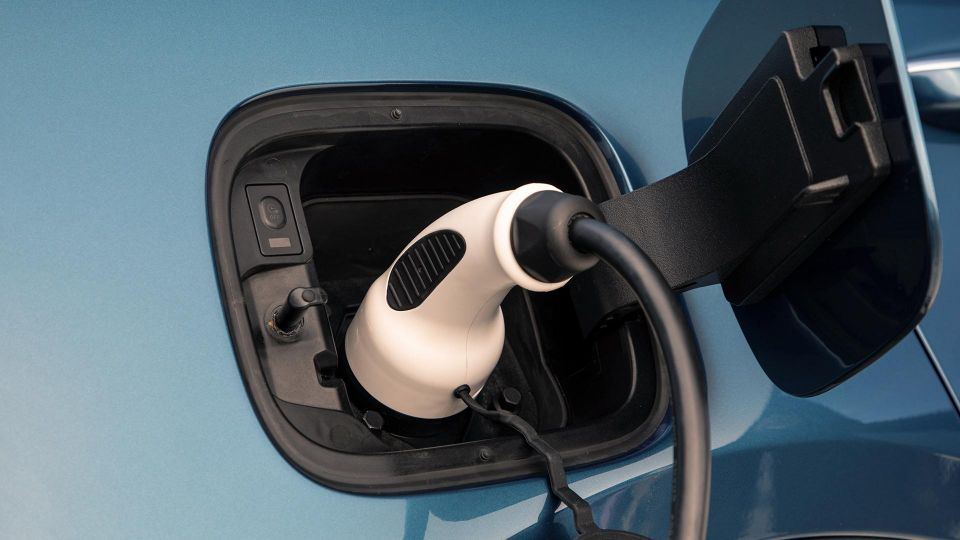

Senior Contributor
There’s a war of words brewing in Europe around the true ‘green-ness’ of plug-in hybrid electric vehicles (PHEVs). Now the head of Mercedes-Benz, Ola Kallenius, has added his proverbial two cents.
In a conversation with Automotive News Europe, Mr Kallenius contended the latest PHEV technologies had the requisite battery capacity to be driven in an emissions-free way more often than earlier iterations.
“When it comes to plug-in hybrids, we are now on the third generation of those cars, but a lot of the talk about them is still based on data from the first generation where the batteries were smaller and the range was shorter,” he said.
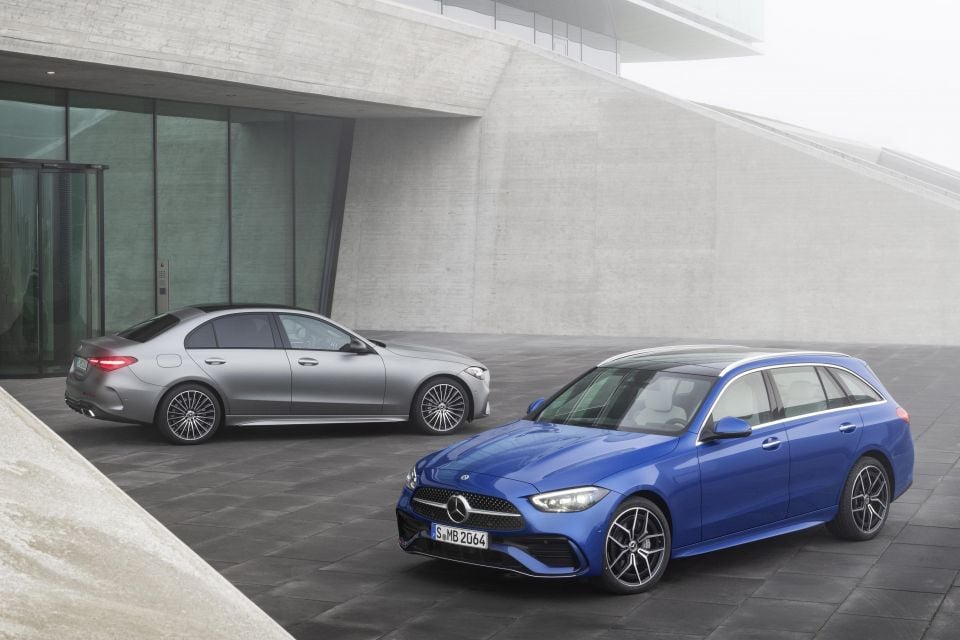
“Many customers can drive back and forth to work for the whole week in full-electric mode.”
PHEVs typically have the battery capacities to cover only 30-50km in electric mode before handing over to the engine.
Critics contend this means they’re higher CO2 emitters in the real world than lab tests suggest, unless you’re diligent at charging them after every drive.
However they are getting longer pure-electric driving ranges, as the cost of batteries comes down. Latest petrol and diesel versions of the Mercedes-Benz C-Class PHEV can travel 100km only using electricity, according to WLTP protocols.
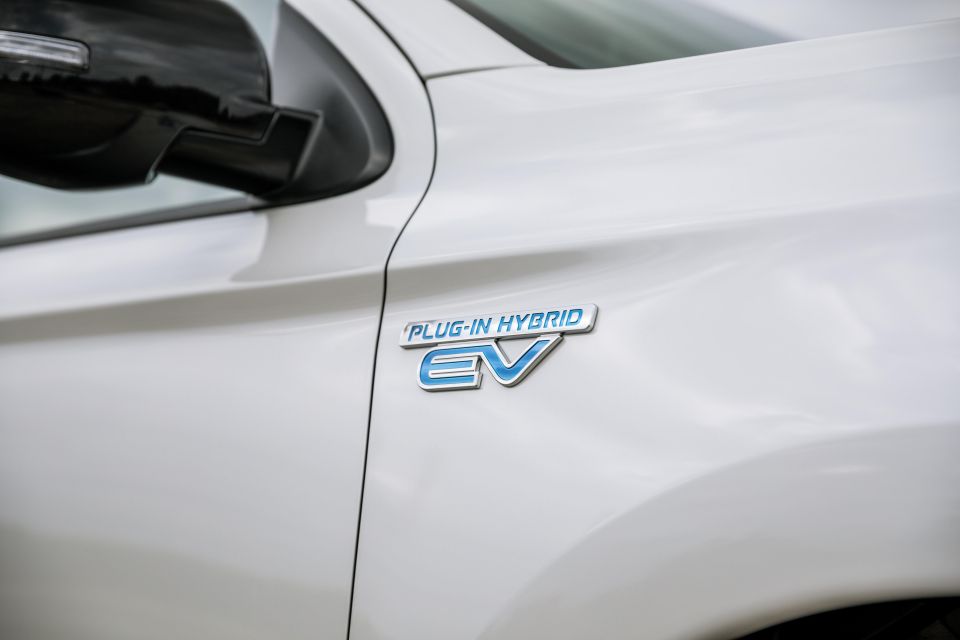
Mr Kallenius also said it would be important to move the dial on owner behaviour, to encourage more regular charging and thereby reducing the use of fuel.
The company said one option is to make consumption data shareable through the Mercedes Me app – anyone who’s been in a FitBit step-count group might know how this can motivate – or to put gaming-style graphics in the car’s instruments to encourage energy efficient driving.
“Along with technologically mastering this challenge, we are also looking to change people’s driving behaviour by encouraging them and working with them during this journey,” Mr Kallenius said.
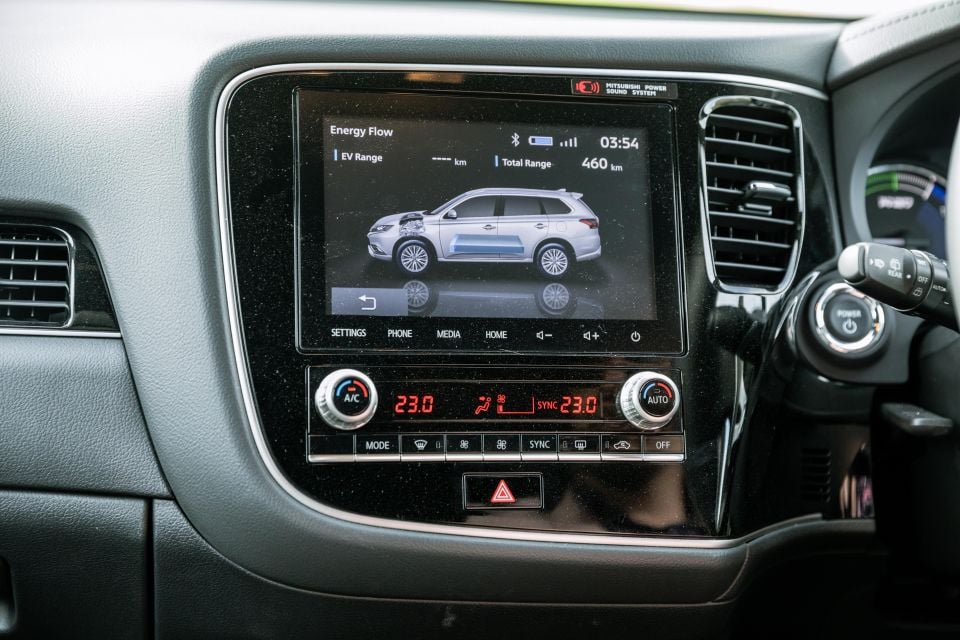
The popularity of PHEVs are booming in places like Europe, which requires OEMs to cut their fleet emissions and offers tax incentives to buyers following suit. They’re seen as a bridging technology to full-electric, in that they are cheaper and remove any range anxiety.
But studies such as this one from Europe’s ‘Transport and Environment’ think tank and research firm say tests on the newest models show they pollute far more than car-makers claim – even when starting with a full battery.
In its executive summary published in November 2020 the study said:
“… PHEV sales are skyrocketing in Europe with half a million expected to be sold this year alone. Car-makers need to sell low emission vehicles to comply with the 2020/21 EU car CO2 standard which took effect in January 2020.
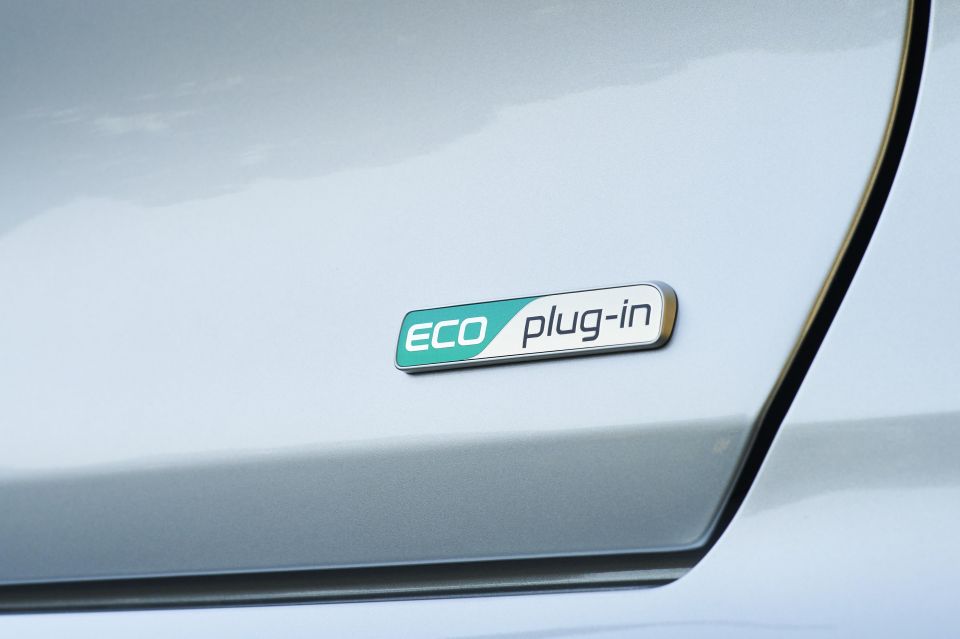
“But are these cars as low emission in the real world as in car-maker test labs? Or are PHEVs high emitting vehicles that car-makers sell as a compliance trick to meet the CO2 targets?”
Its findings were the latter, since owners were regularly found not to charge them and to instead rely on the combustion engine. This put the lie to fuel economy claims such as 1.9L/100km (a common claim for PHEVs) which cannot possibly be hit without a full charge.
“Many PHEVs on sale today tout very low CO2 emissions – a third, or less of an equivalent conventional combustion engined car. However, none of the PHEVs tested achieve such low figures in the real world even when tested on the mildest of the tests and starting with a fully charged battery,” the study found.
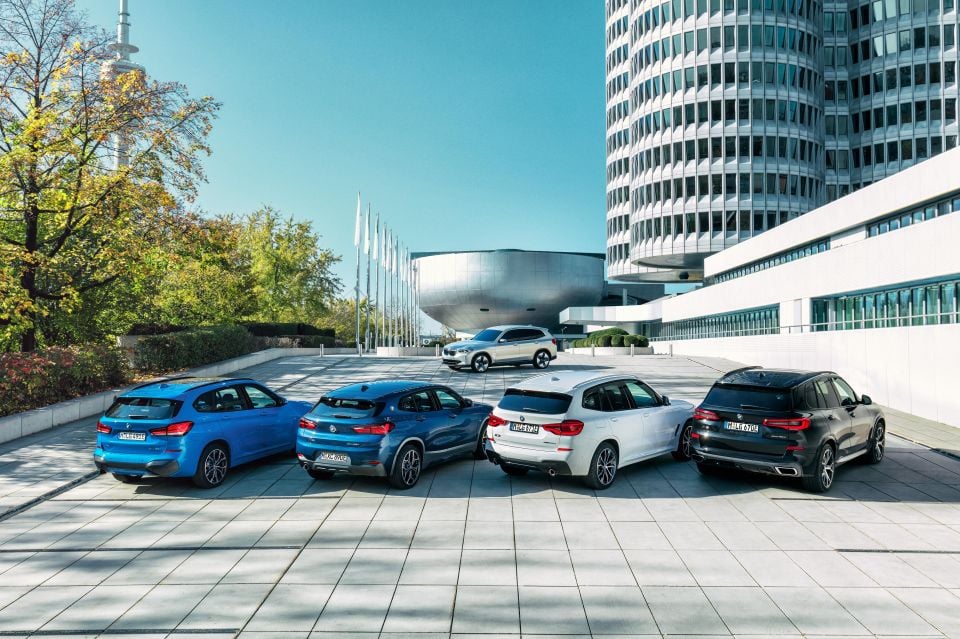
“Of the three PHEVs tested by T&E the best performer on this test was the BMW X5, but it still exceeded official CO2 values by 28 per cent, emitting 41g/km.
“On the same mild test, the [Volvo] XC60 and [Mitsubishi] Outlander emitted 115g/km and 86g/km respectively, a gap of 62 per cent to 89 per cent compared with official WLTP values.”
Speaking on the issue, Hyundai Europe CEO Michael Cole has also defended PHEVs, pointing to the 56km electric range of the plug-in-hybrid version of the Tucson SUV (which won’t come to Australia).
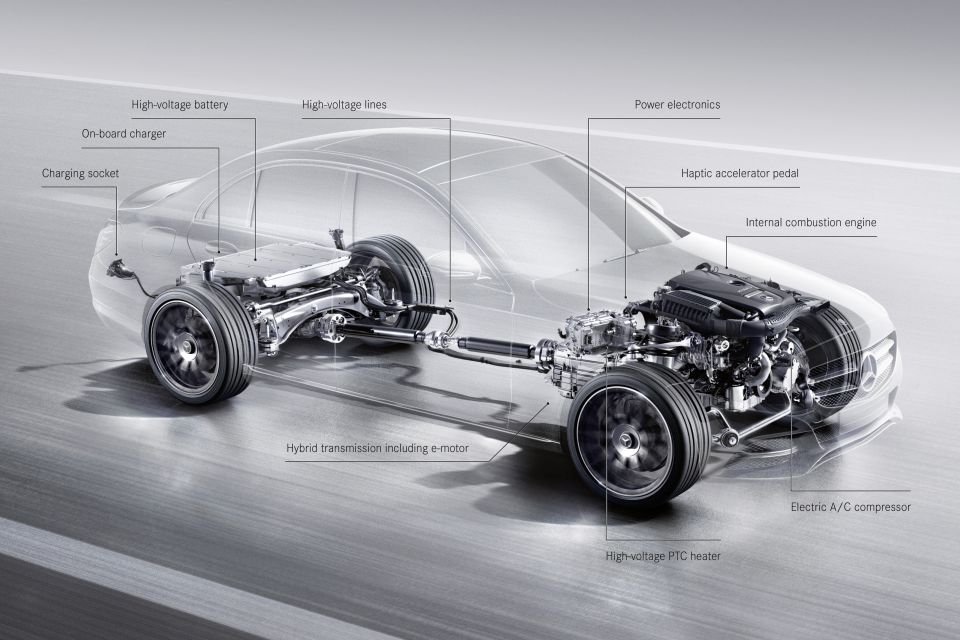
“That is probably more than enough to cover the daily commute of most people in Europe,” Cole told Automotive News Europe.
“I still think the technology offers a CO2 reduction in real terms, with a lot of customers using it to travel emissions free a good share of the time under the right conditions.”
Where expert car reviews meet expert car buying – CarExpert gives you trusted advice, personalised service and real savings on your next new car.


Matt Campbell
3 Hours Ago


Max Davies
19 Hours Ago


William Stopford
19 Hours Ago


Derek Fung
20 Hours Ago


Max Davies
1 Day Ago


William Stopford
2 Days Ago